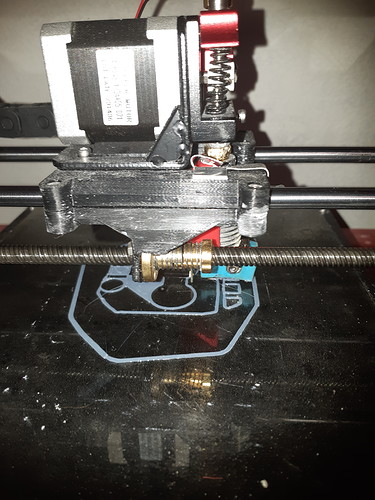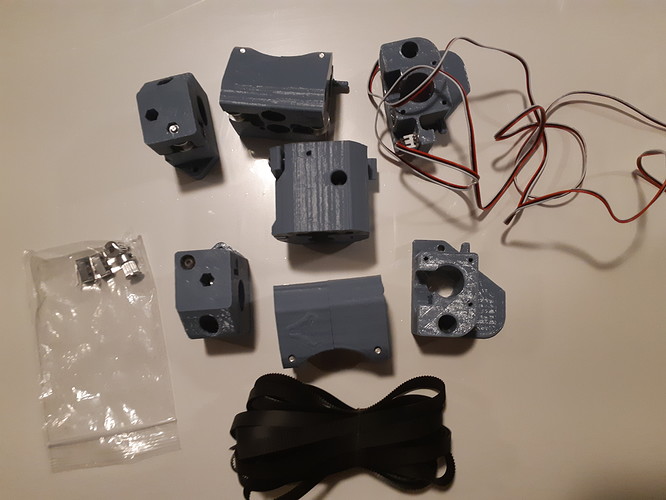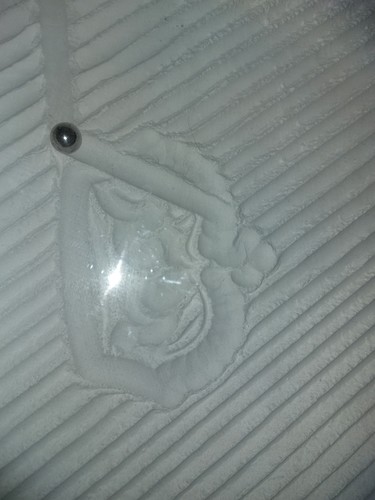Okay, So I’m doing up the CAD for the table.
This is going to be based on my UTRUSTA Ikea glass, and it’s set up to be just the right size around it for the table top. (I think I gave myself 1mm extra.)
The short and long ends will be set up so that the long ends (13mm thick) will overlap the short ends. These will be made of solid wood with the grain upright. (Short Ends.dxf Long Ends.dxf)
The top will be a laminate. Two layers for the bottom. (Lowest Top.dxf) One will be 1/4" MDF with a pocket cut to bring the thickness between the magnet and the baking soda down to 3mm or less. Another layer over that will be the same DXF, but 3/4" MDF with the pocket hole cut completely through. The layer over that will be 1/2" MDF (Light Layer.dxf) which has the hole enlarged by 15mm all around which will have a recessed LED strip light. I’m soldering up a PWM dimmer circuit for that now. It has an access pocket through to an opening in the lower layers for power. An then there’s the table top surface itself. (Top Surface.dxf) This will be another solid wood layer. The MDF layers will be painted white where visible, particularly inside the recessed area for the lighting, hopefully the bottom won’t matter much.
Underneath the mechanism I’ll put in a floor for the electronics, power supply and sth. The Short Ends.dxf file has openings for the power entry and switch, but I think I’m going to put all those out the bottom to sort of hide it all. I’ll leave a little trap door in there to get access to the Pi and electronics, in case those need maintenance too. I didn’t do up any CAD for that yet, since I haven’t decided which board I’m using.
The CAM for the top surface is giving me a headache. I wanted to have EstlCAM cut the hole through the top surface all the way leaving rounded corners, which would end up holding the glass shelf, then notch out the corners so that the glass sits flush, but EstlCAM doesn’t want to follow the rounded corners. If I choose manual selection, I can make it cut the corners for the path where it cuts through, but it does so in straight lines, which wasn’t what I wanted.
Well, for cost consideration, I might end up doing the solid wood layer for the top from boards, ripped to the appropriate width, and do some joinery in the corners. Might not look quite as fancy, but will use less material.
Zen Laminate.zip (7.4 KB)



